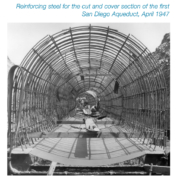Earth Just Had Its 400th Straight Warmer-Than-Average Month Thanks To Global Warming
It was December 1984, and President Reagan had just been elected to his second term, Dynasty was the top show on TV and Madonna’s Like a Virgin topped the musical charts. It was also the last time the Earth had a cooler-than-average month. Last month marked the planet’s 400th consecutive month with above-average temperatures, federal scientists from the National Oceanic and Atmospheric Administration announced Thursday. The cause for the streak? Unquestionably, it’s climate change, caused by humanity’s burning of fossil fuels.



